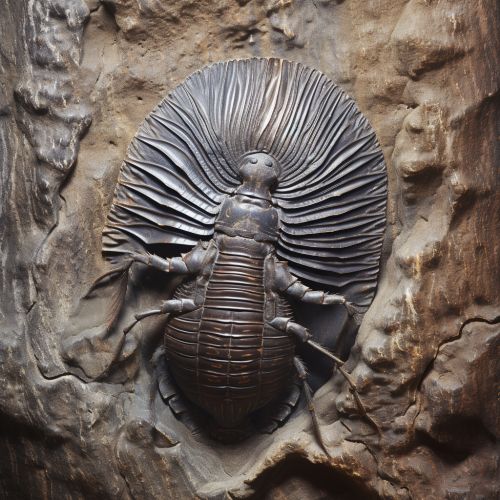Paleontology of the Cambrian Explosion
Introduction
The Cambrian explosion refers to a relatively short period in Earth's history, about 541 million years ago, during which most of the major groups of animals first appear in the fossil record. This event is often described as the "big bang" of paleontology, a time when a significant amount of biological diversity appeared almost simultaneously in geological terms.


Pre-Cambrian Life and the Precursors to the Explosion
Before the Cambrian explosion, most organisms were simple, composed of individual cells occasionally organized into colonies. Over the following 70 to 80 million years, the rate of evolution accelerated by an order of magnitude and the diversity of life began to resemble that of today. The first evidence of multicellular life, the Ediacaran biota, emerged around 600 million years ago. These were followed by complex multi-cellular organisms such as the anomalocaridids and trilobites.
Causes of the Cambrian Explosion
The causes of the Cambrian explosion are not yet fully understood. The period was accompanied by major changes in the planet's geochemistry, including a decrease in the carbon dioxide level and an increase in oxygen levels. Some theories suggest that these changes were a result of the evolution of large predatory animals, while others propose that the explosion was triggered by a rise in calcium levels in the sea, which allowed animals to develop hard shells and skeletons.
Major Groups of Animals During the Cambrian Explosion
The Cambrian explosion saw the emergence of all the major groups of animals that exist today, as well as many that are now extinct. These include the first animals with hard shells, the first arthropods, and the first chordates (a group that includes all vertebrates). The most common forms of life were trilobites, small marine animals with hard, segmented bodies.
Impact on Paleontology
The Cambrian explosion has had a profound impact on paleontology. The sudden appearance of fossils in the record provided the first evidence of the rapid evolution of life. This period has been the focus of extensive studies for over a century, and has provided important insights into the evolution of modern ecosystems and the nature of life's history on Earth.
